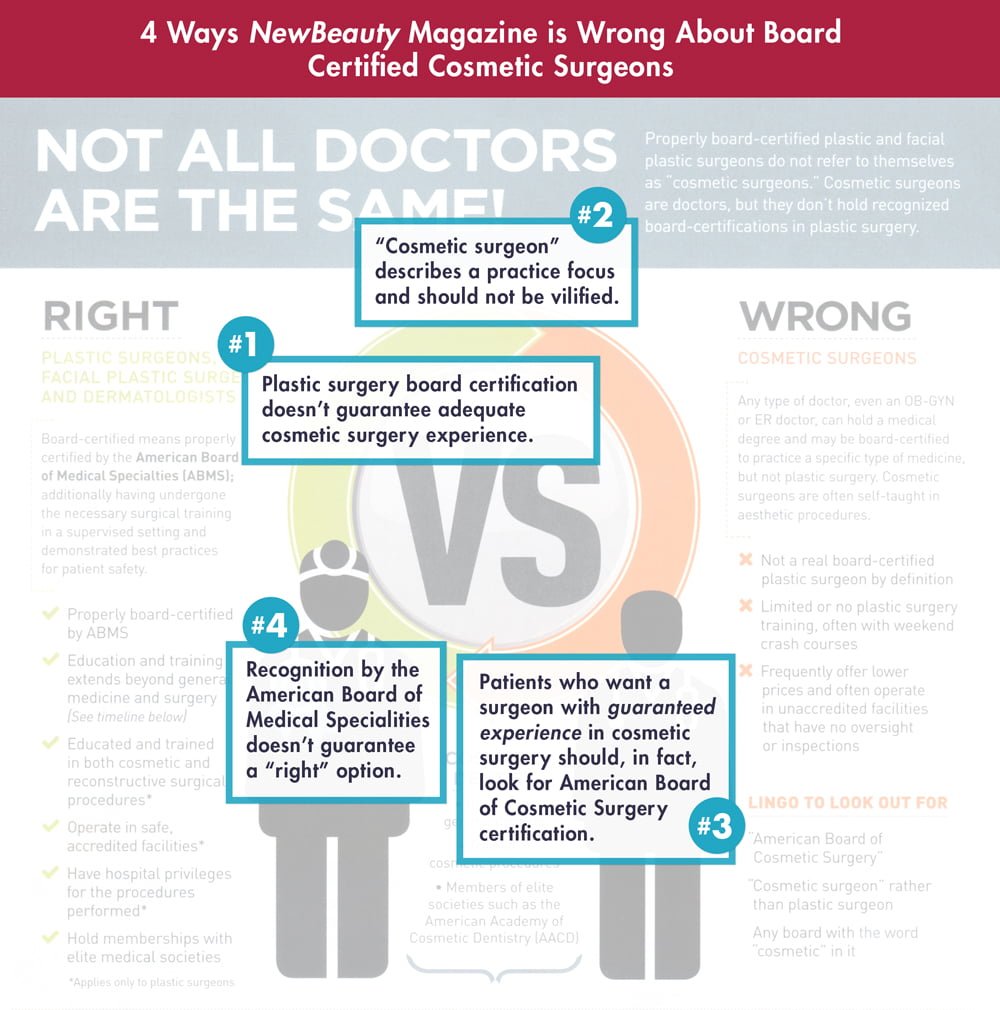How To Use Retinoids For Acne
How To Use Retinoids For Acne
Blog Article
Acne Treatment Options
Medicines can assist heal acne sores and stop new ones from creating. They can be taken by mouth or applied straight to the skin.
Prescription antibiotics like clindamycin and erythromycin control microorganisms that exacerbate acne. These are usually incorporated with benzoyl peroxide to reduce possible side effects and increase how well the medication works.
Over-the-counter (OTC) medications
OTC products are effective for dealing with light acne, specifically blackheads and whiteheads. These items consist of benzoyl peroxide, salicylic acid or adapalene.
Benzoyl peroxide eliminates germs that trigger acne, and helps clear pores of cellular debris. It's readily available in nonprescription focus of 2.5 percent, 5 percent and 10 percent. You might intend to begin with a reduced focus of item and function your method up, depending on your skin's tolerance level.
If you're not able to eliminate your acne with over-the-counter products, see a dermatologist. They're educated to detect and deal with all kinds and intensities of acne, including big uncomfortable cysts and nodules that can lead to scarring. It's important to get therapy early to minimize the danger of long-term problems with your self-image and self-worth. Your medical professional can suggest certain treatments and skin care routines that will certainly assist you control your acne. They can also refer you to a specialist for medication or various other therapy options, if necessary.
Prescription drugs
Acne medicines treat acne by reducing oil manufacturing, lowering swelling and managing bacteria. They can be used straight to the skin (topical) or taken by mouth (dental medication). The kind and stamina of medicine your doctor suggests will certainly depend on your age, the severity of your acne and various other elements such as your general wellness and any type of medications you may be taking.
Topical anti-biotics which contain clindamycin, erythromycin and tetracycline help reduce swelling and eliminate the bacteria that create outbreaks. They can likewise be used in mix with various other medications like benzoyl peroxide to raise exactly how well each treatment functions.
Oral isotretinoin, which is in the retinoid family members, treats severe acne by minimizing oil production, suppressing swelling and unclogging pores. It is a powerful medicine that includes serious negative effects, and it can only be prescribed by a medical professional. It is only advised for people who have actually tried various other treatments without success and for whom this medicine is safe.
Clinical procedures
Drugs that are put on the skin or taken by mouth aid decrease acne breakouts in lots of people. Medications that can be acquired over-the-counter consist of topical treatments such as salicylic acid, which aids open stopped up pores, and azelaic acid, which reduces swelling.
Doctors additionally prescribe drugs to treat mild-to-moderate acne, consisting of antibiotics and retinoids. Anti-biotics kill excess microorganisms and decrease swelling, but they are just efficient momentarily due to antibiotic resistance. In many cases, skin specialists might utilize a mix of topical and oral therapies. For example, they might incorporate the antibiotic clindamycin (Cleocin T, Clinda-Derm) or erythromycin (Akne-Mycin, ATS, Erygel, Ilotycin, Zenatane) with benzoyl peroxide.
Physicians can additionally recommend isotretinoin (Absorica, Accutane), an effective medication that hinders all three root causes of acne. This medication works versus severe nodular acne, yet it can have serious adverse effects and must be taken with extreme care. Other treatments can boost the appearance of marks caused by acne, such as chemical peels and laser therapy.
Diet regimen
Changing your diet plan might help regulate acne breakouts. Acne occurs when hair roots become clogged with sebum (all-natural oil generated by the sebaceous glands), dead skin cells and microorganisms. Acne symptoms include blackheads, whiteheads, cysts and acnes.
A diet regimen high in sugary deals with and improved carbohydrates can trigger spikes in blood sugar level, triggering even more sebum manufacturing. Dairy products such as milk, cheese and yogurt can likewise trigger acne in some people.
Attempt to consume low glycemic foods such as forehead botox gone wrong whole grains, beans and veggies. Foods high in omega-3 fats, such as salmon, trout, walnuts, pistachio nuts and chia seeds, decrease inflammation and might boost acne. Antioxidants may likewise lower acne by decreasing the production of responsive inflammatory chemicals in the body. Attempt keeping a food diary to see which foods are triggering you to burst out. Attempt eliminating one food each time to observe if your acne flares or gets better.